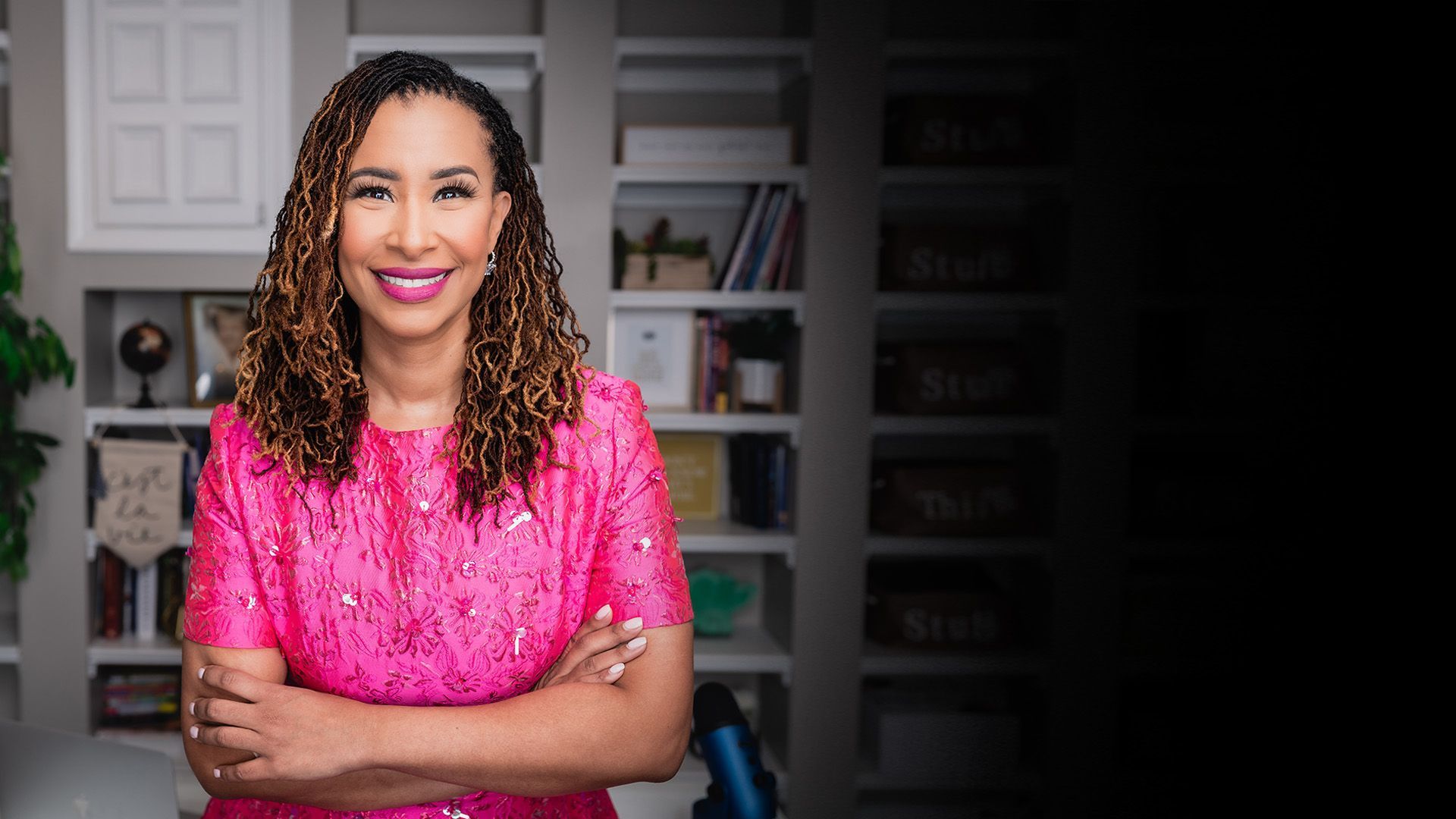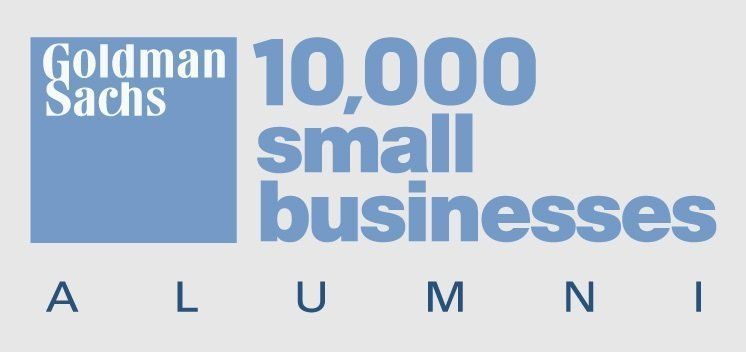The Ideal Village
I had the pleasure of serving as keynote speaker for an organization called Diaper Bank of the Carolinas. The theme of that event was It Takes a Village. In that presentation, I invited the audience to take a mental walk with me through the village. We first visited the ideal village where we encountered well-manicured yards, brand new school buildings, thriving families and everything needed to sustain an ideal village. We then continued our stroll where we encountered the exact opposite of the ideal village. The descriptions of the two types of villages were extreme, but it was to drive home the point that if it takes a village as the African proverb states, we must build it, maintain it, and sustain it to ensure it’s the ideal village.
Hilary Clinton popularized this African proverb when she served as the First Lady of the United States and wrote a book on the topic. This proverb describes the impact individuals and groups outside the family have on a child’s upbringing. As I thought about this theme, I was fully aware of the intent and meaning of the proverb in its original form, but I could not help but to ponder a point of concern that kept stirring inside of me as I thought about this proverb. Consider with me for a moment the circumstances under which this African proverb was created. During that time, everyone believed in the village and bought into the personal responsibility each person and entity in the village were to assume to make the village a community to be proud of and to trust your children to.
The reason I took the audience on that journey is that in discussing this topic, we must not just consider our view of today’s village. Some of us can be proud of our village, but some of our villages have work to do. Can we agree that the impact groups and individuals (both outside and inside of a family) have on a child can be for better or for worse? So, if I were to rewrite the proverb in consideration of what many of our villages look like today, I would have to consider qualifying the suitability of the village – whom within the village is appropriate to raise my child or anyone else’s child for that matter. In order for us to advocate for this message of involving or trusting the village to make a difference in our children’s lives we must be certain those behaviors and influences are for the child’s well-being and to the child’s advantage.
I ran across a graphic that was very illustrative of this point. Someone posted on social media a picture of a woman holding her young daughter close to her in a very protective manner and the caption on the image said, “They say it takes a village to raise a child. I’ve seen the village and they are NOT raising my child.” If we are to be the village (church, community, school house, etc.) how do we become that ideal village where we are consistently producing positive seeds avoiding the potential of negating the affirmative intent of what the village stands for. In my presentation, I shared the following three attributes that an ideal village must have to be worthy of raising our children:
Community – It’s not a myth that it takes a village. It certainly takes a village, but it takes a village that believes in community. When we buy into community, we are creating that village, which produces hope, opportunity and prosperity and the ability for us to gain significant influence to change the parts of our village that are less than ideal.
Courage – Someone who stands for nothing will fall for anything. Standing for something takes courage. It takes the mindset of a trailblazer or a change agent. Without courage, the progress that has been realized because of the great giants who came before us would not be celebrated today. Many of those giants were very instrumental in creating a village well equipped to produce positive impact. The reality is that many do not aspire to be a change agent because of the lack of desire to weather the storm as a trailblazer. Right now, many of us are only functioning at a small fraction of our ability. A courageous spirit can help actualize our potential to the fullest. Courage is necessary for us to operate at our full capacity. We need our children to see us operating at full capacity, always giving our best and setting the example.
Combat – I probably don’t need to tell you that in order to win our village back and have it to be something we are proud of, we must approach change as though we are in war. That level of tenacity and intentionality will bring back the foundation upon which our African ancestors and mothers came up with the notion that “it takes a village.” We need to shift our focus to understand that our fight now in 2014 is in the board room, in higher education, in our kids’ schools conversing with teachers and administrators, in our homes setting an example for our kids of what family should look like, in our ability to avoid judgment of others, in the marketplace pursuing excellence, it’s in business where we are increasingly growing as entrepreneurs and effective engines for wealth creation and job creation. It’s in our community giving back, volunteering, and participating in the responsibility of the village by helping others. We are in that fight. That’s what combat looks like today. That’s where we are going to gain influence and make a difference in our village.

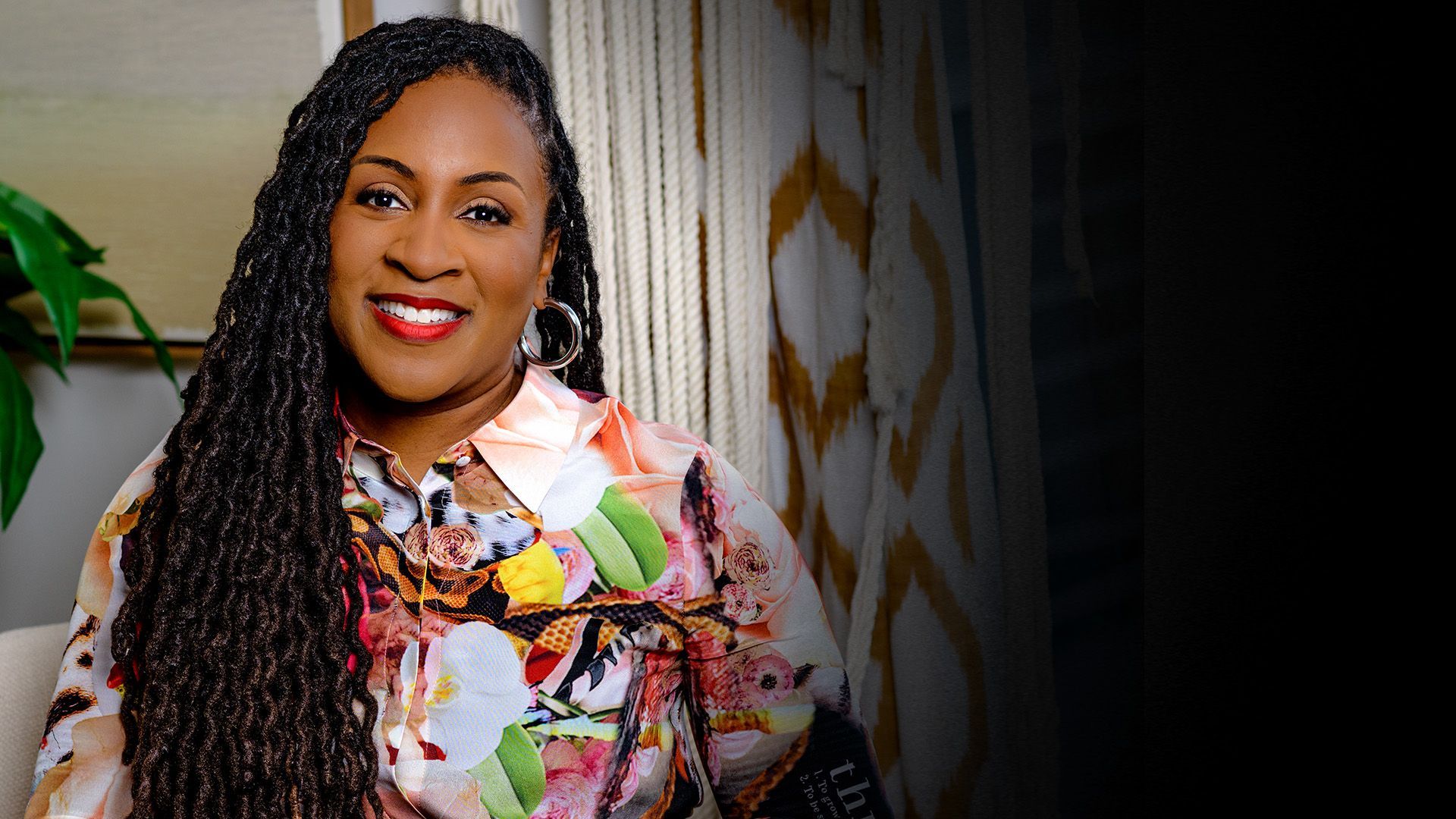
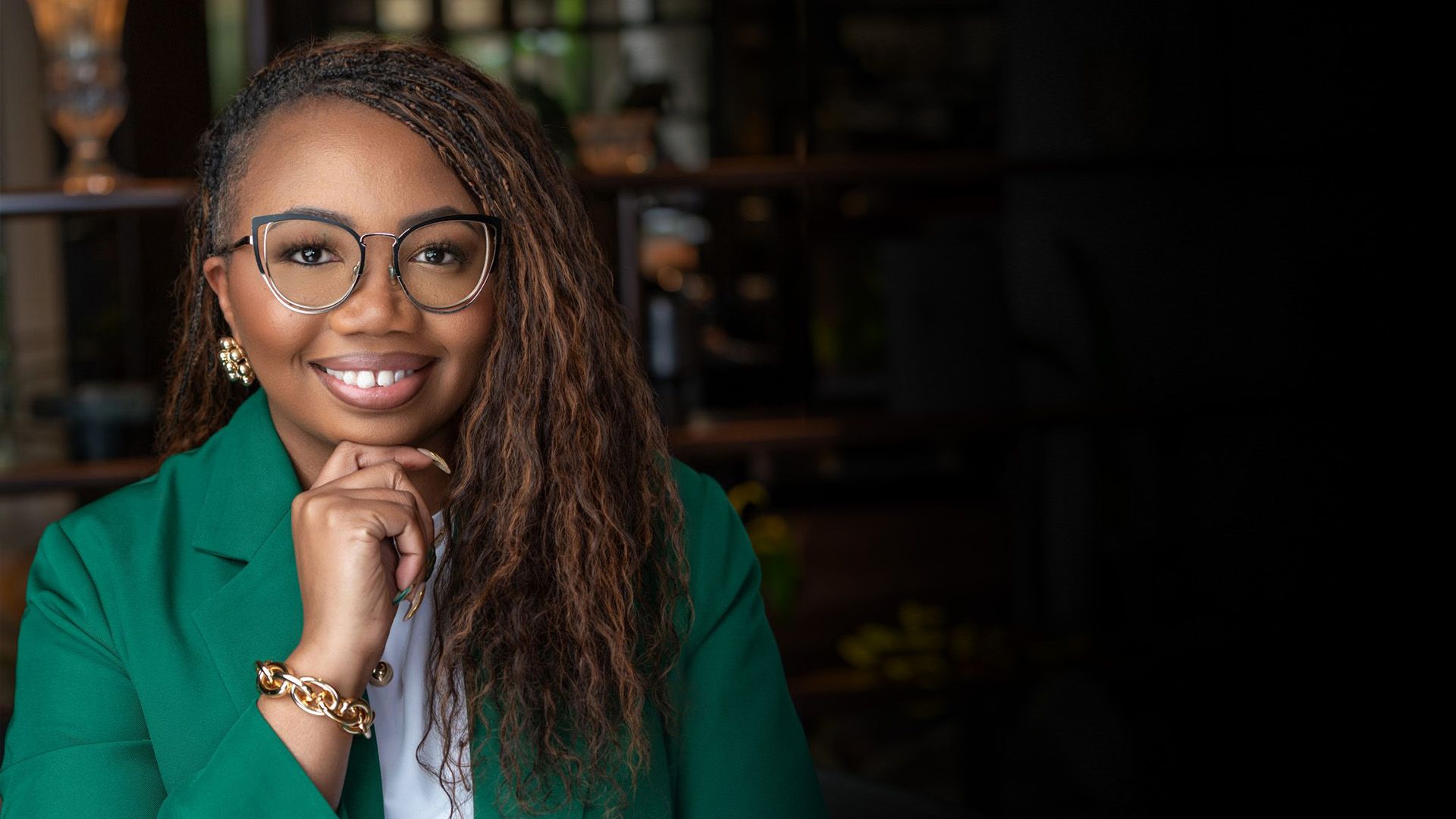
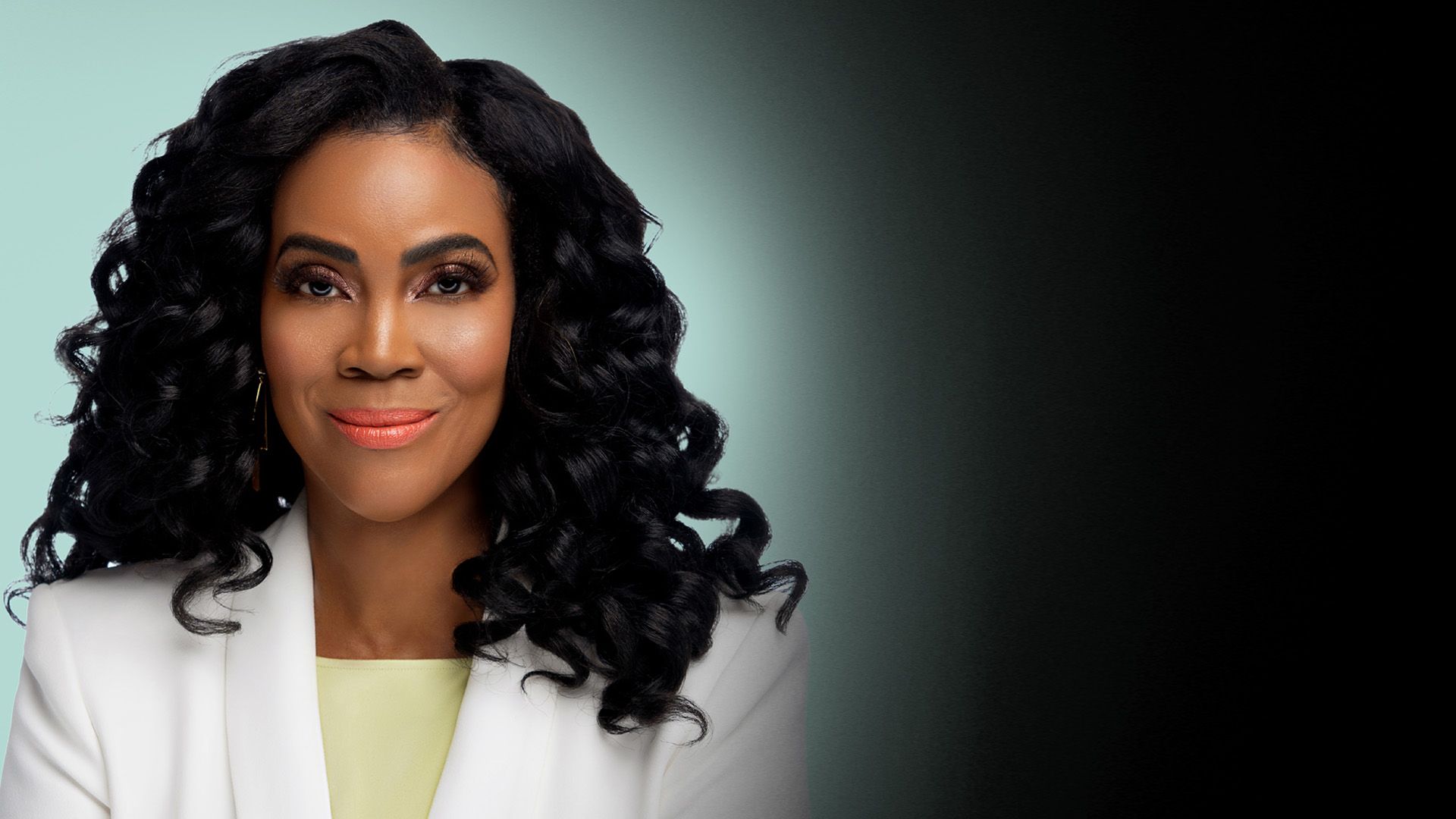
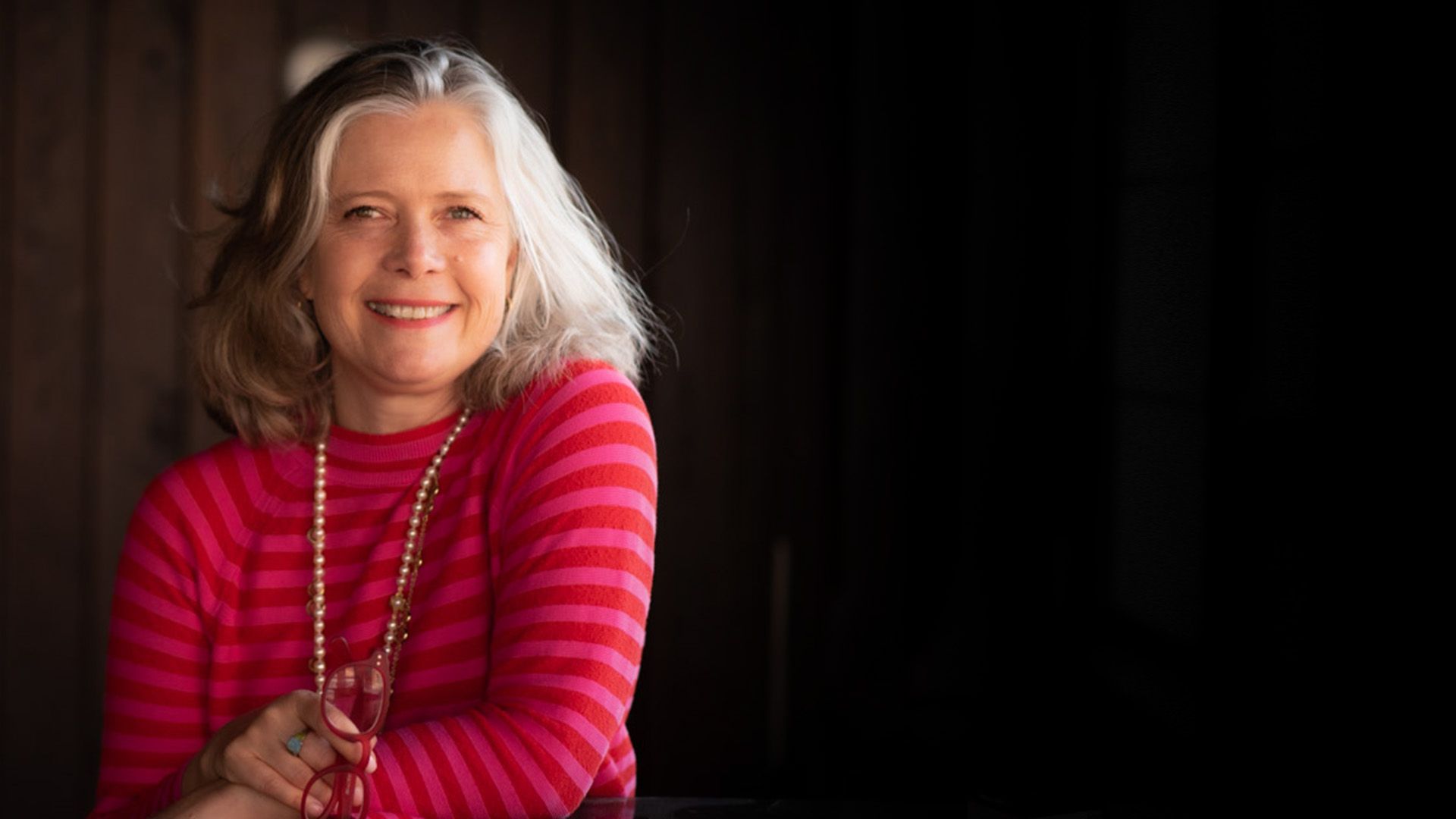

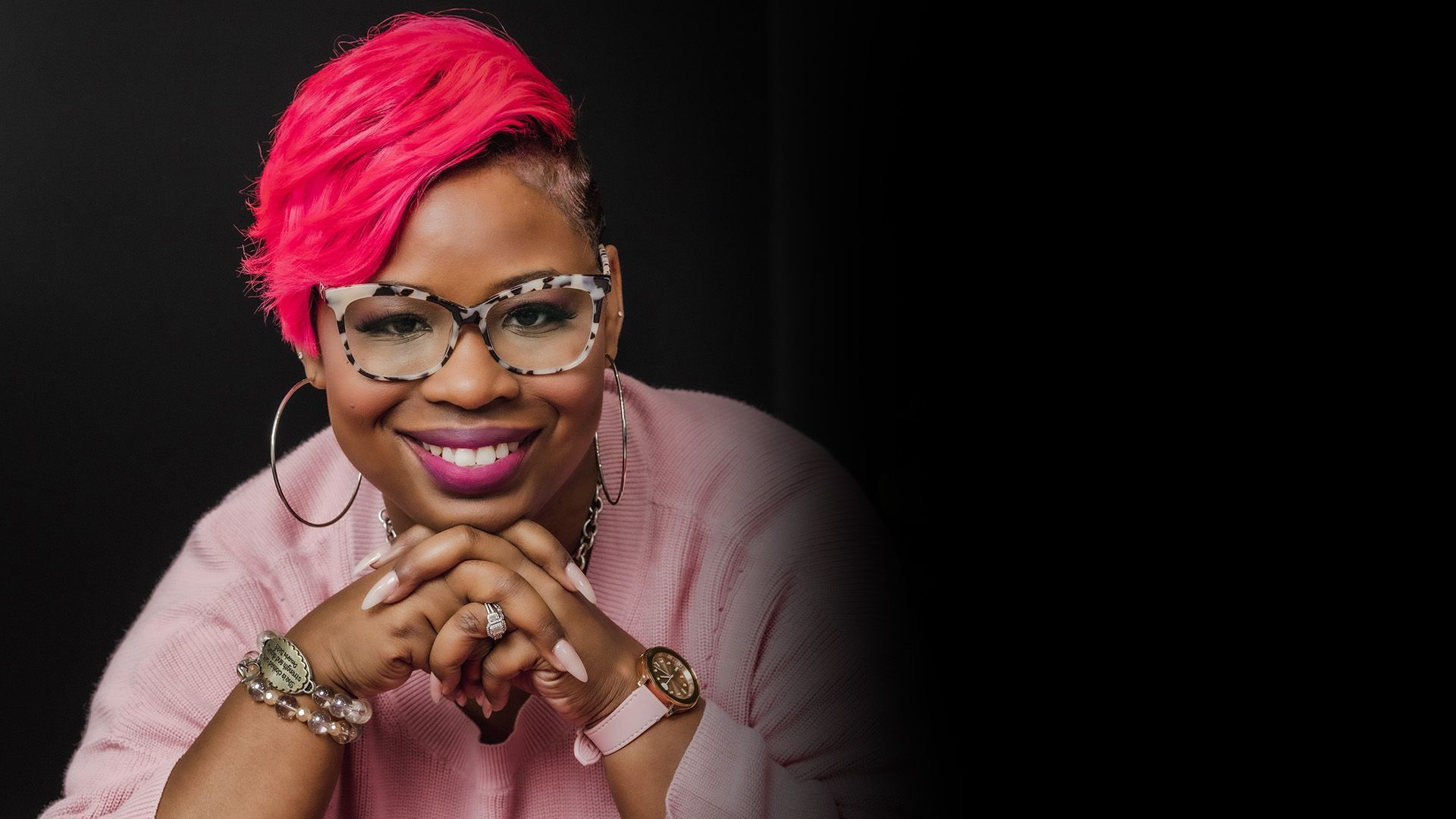
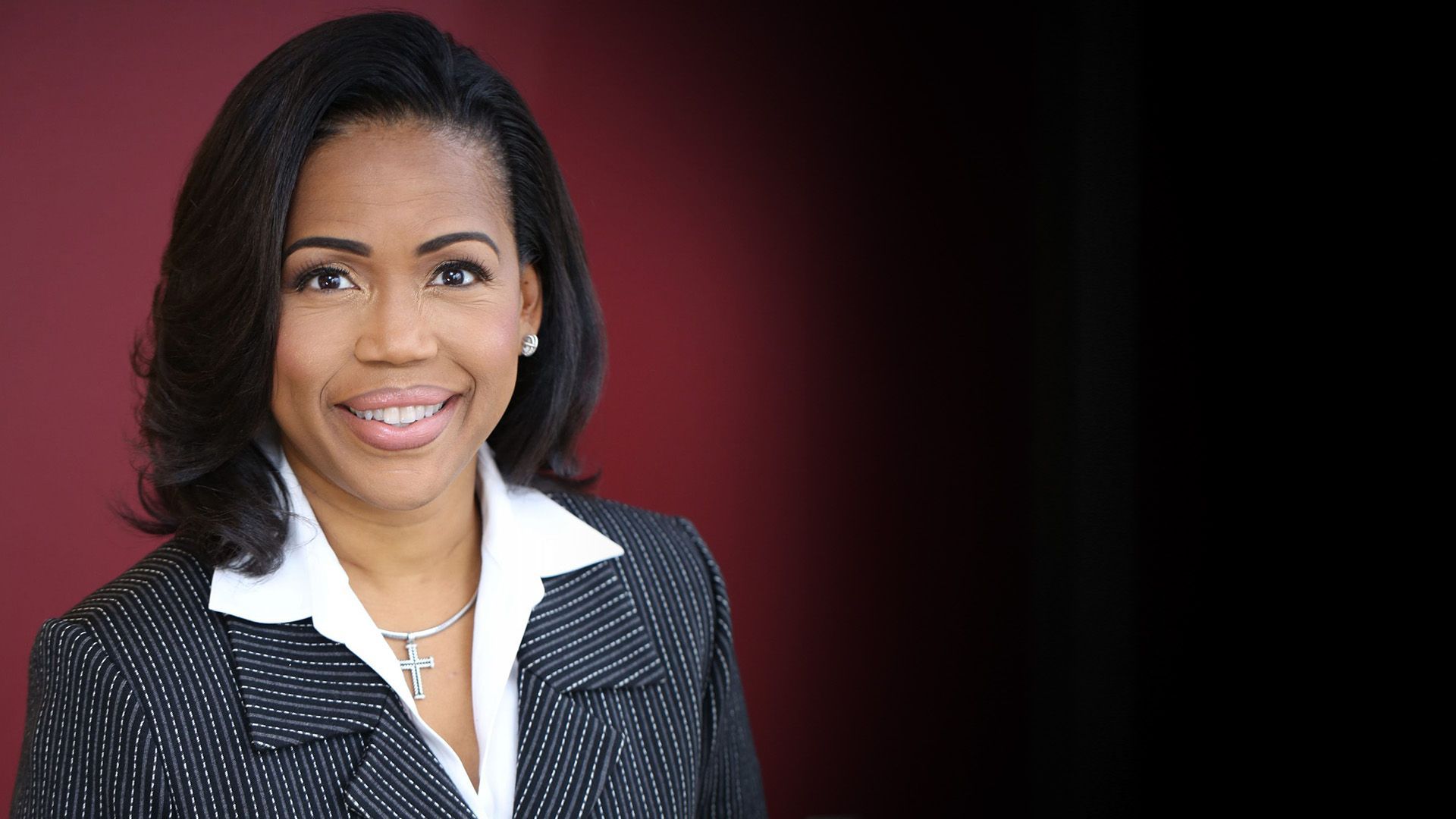

Burnout by Budget: How Financial Stress Creates Emotional Fragility in Leaders & What to Do About It
